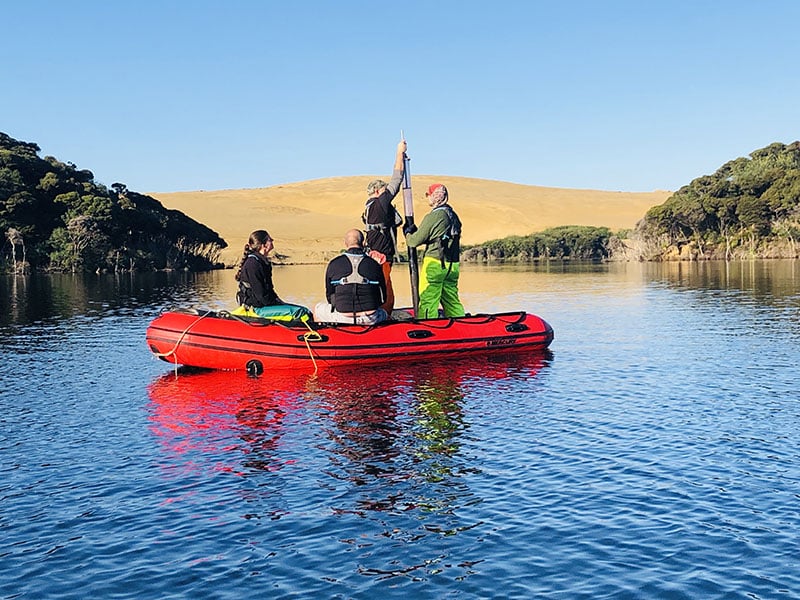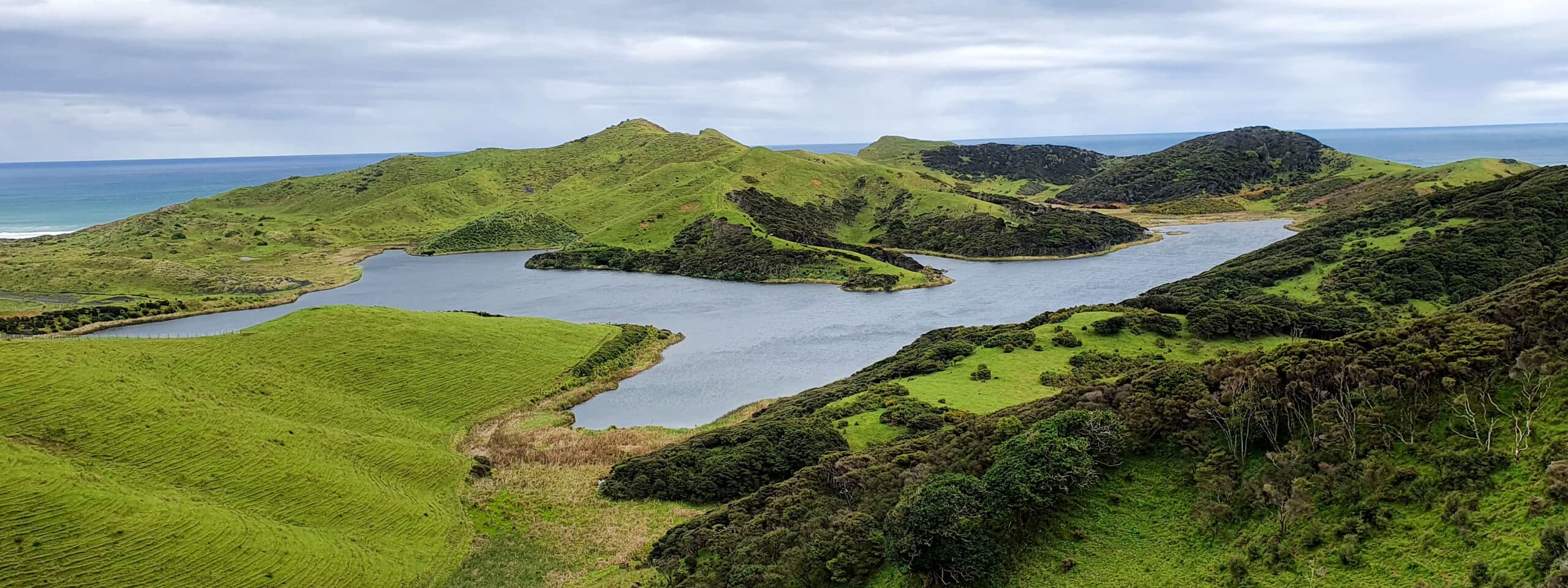Gregersen R, Pearman JK, Atalah J, Waters S, Vandergoes MJ, Howarth JD, Thomson-Laing G, Thompson L, Wood SA. 2023. A taxonomy-free diatom eDNA-based technique for assessing lake trophic level using lake sediments. Journal of Environmental Management. 345:118885.
Abstract
Anthropogenic eutrophication is one of the most pressing issues facing lakes globally. Our ability to manage lake eutrophication is hampered by the limited spatial and temporal extents of monitoring records, stemming from the time-consuming and expensive nature of physiochemical and biological monitoring. Diatom-based biomonitoring presents an alternative to traditional eutrophication monitoring, yet it is restricted by the high degree of taxonomic expertise required. Environmental DNA metabarcoding, while providing a promising substitute for diatom community enumeration, is plagued by inadequate taxonomic coverage of reference databases and methodological bias, limiting its use for biomonitoring. Here we show that taxonomy-free diatom-biomonitoring, in which environmental DNA metabarcoding data is utilised but not assigned to specific taxonomic classes, presents an accurate, fast, and relatively automated alternative to taxonomically assigned eutrophication biomonitoring. Our taxonomy-free index accounted for 85% of trophic level variability across 89 lakes and had the lowest average prediction error of the three approaches tested. By not relying on taxonomic identification or metabarcoding reference databases, taxonomy-free biomonitoring maintains diatom diversity that is lost in taxonomic assignment using molecular approaches. Furthermore, by utilising lake sediments, the approach outlined here presents a time-integrated estimation of lake trophic level and thus does not require time-consuming seasonal sampling. Taxonomy-free biomonitoring addresses the limitations of traditional physicochemical eutrophication monitoring and taxonomic biomonitoring alternatives and can be used to extend the spatial and temporal extents of eutrophication monitoring.




